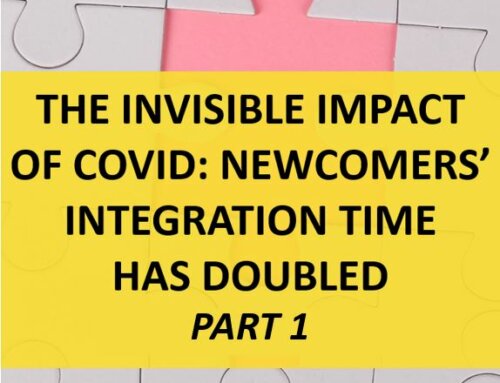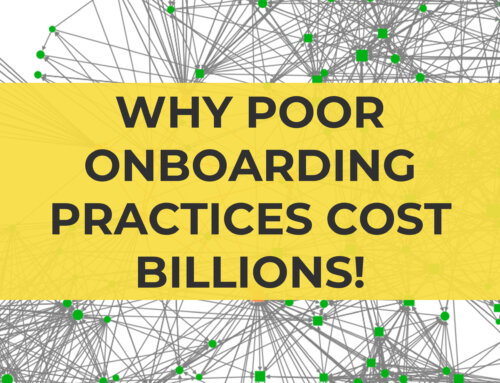
Your New Employees Connect to Your
Low Performers Unless You Do This…
Recently, Innovisor was debriefing on the collaborative networks in a global pharma company.
A classic Innovisor case where we look at, how we can improve agility, simulate the impact of recommended interventions, assess organizational risk at people level and come up with actionable recommendations on how to improve.
The HR-director was engaged, but also looked as if she knew everything already. Almost as if she was starting to think about the next meeting. I got a bit worried, but also knew we had something hidden in our sleeves…
A Success Story Seen from The Outside
For years the company had been growing with astonishing speed. The recruitment and onboarding of new employees had been the core focus of the HR organization for a period of more than three years. Looking at the numbers they had succeeded! – New employees had been added to the organization in volumes unseen before. All were going through an accelerated onboarding program, which had accelerated time-to-value add by weeks. A success story when seen from the outside!
Something Did not Feel Right
Still, something did not feel right, when we looked at the collaborative network in the organization. A hunch told us we had an issue yet to be discovered. Hence, we decided to dig deeper and merge our insights on who collaborated with who with the available organizational performance data.

It told us this:
- High performers collaborated with other high performers
- Solid performers collaborated with other solid performers, and to some extent with the high performers
- Low performers were in the periphery of the collaboration networks, and only collaborated limited with others
Not surprising! After all most people prefer to interact with people that are looking like, what they see in the mirror.
The Real Surprise Was the New Employees
Naturally, the new employees were peripheral, when joining the company.
So, who did the new employees connect to?
- Other new employees. Probably facilitated by the onboarding program, which brought all new employees together for a two-day introduction program
- Low performers – and this was the shocker!
“But why do the new employees connect to the low performers?”. The HR-director looked puzzled. Suddenly her next meeting was not of interest any longer.
“The new employees do not have a track record yet in your company. Seen from the perspective of the high performers they still have zero credibility. The new employees will not be on their radar until they have proved themselves.”
Instead of connecting to the high performers and solid performers the new employees connected to the other group of people in the periphery of the company – the low performers. Certainly, not the group the HR-director wanted them to connect to.
What Can You Do to Avoid the Same in Your Organization?
I guess, we agree that we do not want new employees to be welcomed by the low performers, when they join our organizations. So what can you do to avoid that they do that?
The answer is discipline! You must be much more disciplined about, how your employee onboarding program builds relations between the right people. Who should connect and collaborate? – how? – about what? – when? and why? The critical connections must be built as the first thing, when the new employees are joining the company, and when their minds are open to building these connections.
Most organizations don’t do that. Instead, they employ a laissez-faire approach to building the right connections, while they focus the discipline on introduction to systems, processes, and procedures.
How is your onboarding program for new employees designed?







